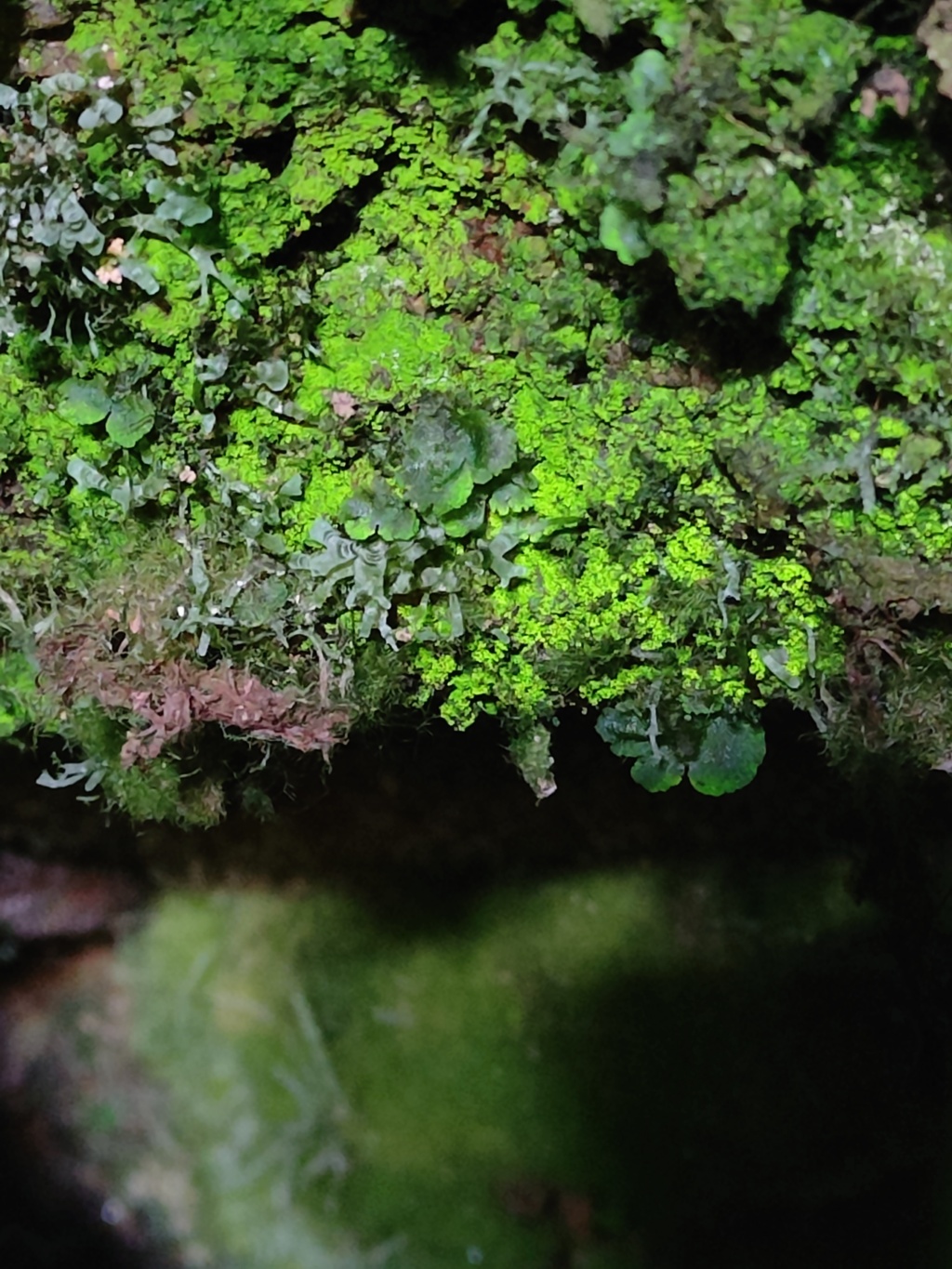Mittenia plumula
(Mitt.) Lindb.Turves or scattered shoots on soils derived from granite, basalt or sandstone, rarely on rock, grass green to dark green. Stems 5–20 mm long, green above, grading to dark red-brown near base, with yellow-brown rhizoids near base. Leaves asymmetric, oblong or broadly elliptic, obliquely orientated, decurrent nearly to leaf below, 0.9–1.3 mm long, c. 0.4–0.55 mm wide, flat, becoming more crowded toward stem apex; costae ill-defined, extending to c. 6–10 cells below apex, absent in leaves near stem base; apices obtuse, without a hairpoint; margins entire, plane, without a border; laminal cells quadrate to rounded-hexagonal, isodiametric, 15–29 μm wide, smooth. Setae 2–4 mm long, pale greenish yellow, smooth, occasionally paired. Capsules cylindric, erect, straight, 0.7–1.25 mm long, pale brown. Calyptra short-conic, persistent on operculum tip. Operculum obliquely rostrate from conic base, 0.7–1.25 mm long.
VVP, GipP, OtP, CVU, GGr, DunT, EGU, WPro, HSF, HNF, OtR, Strz, MonT, HFE, VAlp. Also WA, QLD, NSW, ACT and Tas. New Zealand and New Guinea. Widespread along and south of the Great Dividing Range in sites with moist earth embankments, bases of uprooted trees, cave walls or on soil under the shelter of boulders.
The degree of illumination that colonies receive appears to be important in determining the lifecycle that a colony will adopt. In deeply shaded sites Mittenia remain as luminescent protonema that can persist for several years, producing very few or no gametophytes and reproducing asexually by gemmae. In more exposed sites the protonema is transitory, becoming rapidly replaced by gameophytes that reproduce by spore and regrowth from old stem fragments.
 Spinning
SpinningStone, I.G. (1961). The gametophore and sporophyte of Mittenia plumula (Mitt.) Lindb.. * Australian Journal of Botany* 9: 124–150.
Stone, I.G. (1961). The highly refractive protonema of Mittenia plumula (Mitt.) Lindb. (Mitteniaceae). Proceedings of the Royal Society of Victoria 74: 119–124.
Stone, I.G. (2006). Mitteniaceae . Flora of Australia 15: 369–370.


